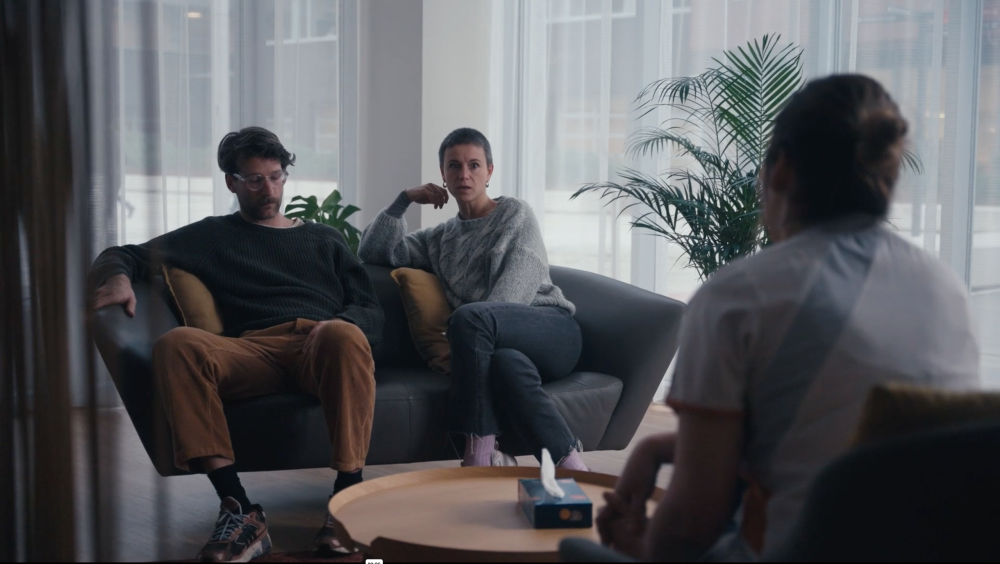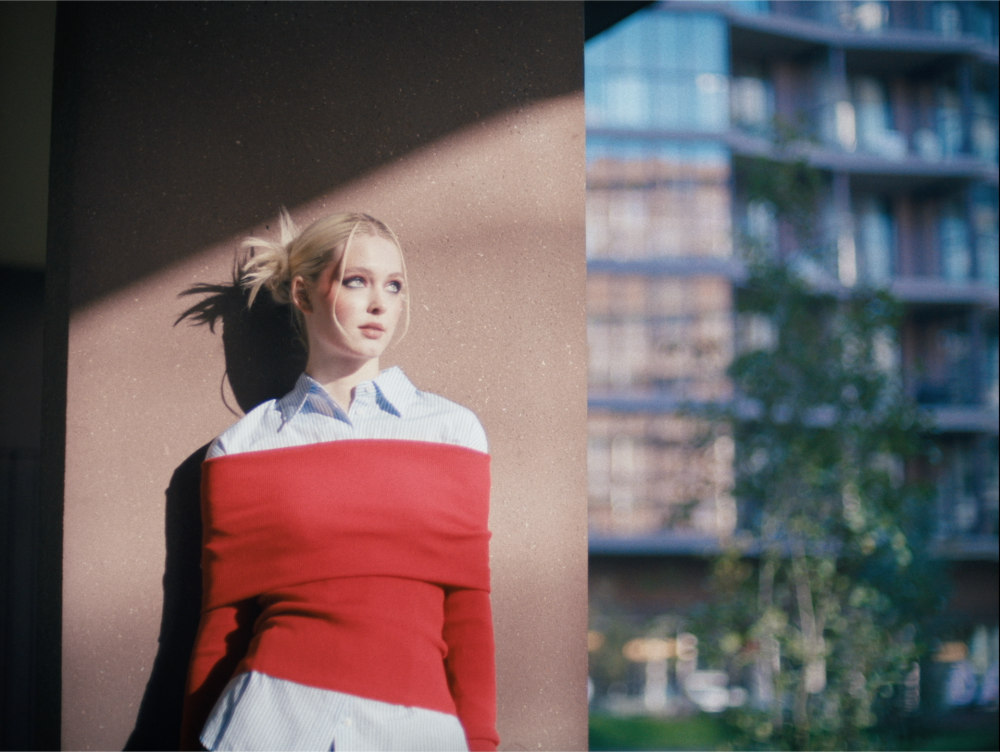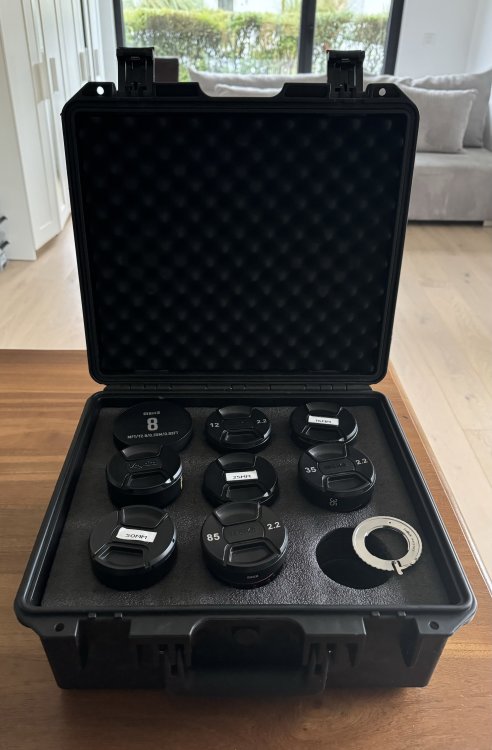
PPNS
Members-
Posts
160 -
Joined
-
Last visited
Content Type
Profiles
Forums
Articles
Everything posted by PPNS
-
Sony killing Canon Cinema EOS in filmmaking / Sundance documentaries
PPNS replied to Andrew Reid's topic in Cameras
who gives a rats ass -
1) good directors who actually know what they want and are flexible if whatever they want is outside the scope. 2) as many good crew members as you want who are better at the technical minutae than you. 3) realistic planning and budgetting from production
-
Bzz wrongo thats very nice of you, thank you. the reason i posted these is because just looking at the end result, i wouldn’t know which camera was used for what, and i get paid to be a dp (at least from time to time). i would consider myself a bit of a hack tbh, but i have some rules/logic that i try to adhere to - limit the color palette - avoid white. Walls, clothing, props, etc. Off white fixes the issues with white in clothing and props, but off white walls still feel like theyre white. if you’re stuck with them anyway, try to get the art dept to cover them up or go for a color wash. - i like trying to use as much hard light as i can get away with - i try to frame for depth, looking for layers and shapes. If there’s multiple shots being shot per scene, theres a million slight positioning adjustments happening to get optimal looking distances between subject and camera. - visual language: per project i ask myself, what kind of lensing is appropriate? Is this a piece that feels more wide, medium, telephoto? What are the exceptions to the language/when am I able to break the rules? - when theres a limited budget (in my case almost always), i prefer the budget to go to art, locations and lighting. what’s the point of lomo anamorphics if you’re in a tiny ugly white walled room? - i like the combo of a strong contrasty lut + slightly softer glass + strong diffusion filter
-
i don't think they necessarily do. not to suck my own dick too much, but here's some stills of work I've shot that I mostly like (and one i dislike). some pocket 4k, alexa and fx6 in the mix. some still have a lut on, some are graded by me, and some are graded by someone else with my intentions as a DP taken away. feel free to guess which is which and why, since i feel like you guys love doing that.
-
how a slightly different mirrorless mount changes everything is a bit beyond me, but then again i’m not a seller of av equipment
-
^ if you’re interested in seeing some more recent stuff ive shot on the p4k, one or the most recent posts in the stickied lenses thread has some links.
-
because its pretty clearly an ai slop article. No effort went into it
-
Something is nagging at me to go back to smaller sensor
PPNS replied to Andrew Reid's topic in Cameras
Have you actually been on a real set Andrew? -
i still rock with it from time to time, wanted to mention that BMD has slashed the price to 1000, and thats still including the full resolve license.
-
hey, not sure where else to post this, but I'm trying to sell my Meike/Veydra MFT cine lens set to anyone who's interested in the EU. I like them a lot, but have been using them less and less lately. You also get an E-mount adapter, since all of them but the 8 and 12 cover aps-c, and you can buy Meike's 10mm to as a super-wide supplement for aps-c, as well as a X-mount adapter from Rafcamera if you're interested in using them on Fuji cameras. send me a DM if you're interested shot most of these pieces with these lenses: Waves stills Magnolia stills Jamais Adulte stills Asina stills Lejania stills The You project stills
-
im in belgium and also affected. This makes the site mostly useless imo
-
luminance mapping and saturation compression in the color space transform in resolve will fix your ugly clipping and make it look slightly nicer.
-
all of these cameras look like shit with their stock r709 luts applied, just slightly differently. trying to shoot anamorphic without an external monitor seems insane to me
-
why wouldn’t you want to work in the correct way?
-
you post the dumbest shit in the world. if you can only make an image look nice on a shitty 1st gen red and not on anything better you are straight up not talented. in the grand scheme of things, if we’re talking pure image quality, when composing your shot, the color of the walls and curtains are variables that are a lot more important than camera choice.
-
I am the words in your thread title are mutually exclusive. Thats ok, you’re just going to have to accept that for the convenience of vari-nds.
-
serious question, what is your background zlfan? you keep making the same comparison threads and theyre all pointless. if you’re good at making moving images, all you need is a camera with at least a decent codec (10 bit 4:2:2, and ideally with a log profile). Once that threshold is met, you can start thinking about the actual important facets of the job. maybe documentary based dps will go towards newer hybrids for their assisting features, but other ones will probably never care. If you’re shooting in a context where you get to call yourself the dp, the implication is there already: you’re the head of a department. You already have an assistant delegated to getting the focus right. Ibis will never be as good as a dedicated means to have certain camera movements
-
its almost as if everything other than the camera is more important than the camera itself… (which makes this 90% of this forum’s topics basically entirely pointless)
-
huge fan, i own a set of formatt hitechs black supermists. shot a whole short on the 1 strength filter.
-
Not very imo
-
I know that this music vid was shot on the 6k FF. It looks good, but it would’ve looked good on most other cameras, because of the talented crew i’m going to go against the grain and say that most of stuff online i’ve seen that was shot on the og (as well as the 4k and 6k) looks like shit tbh
-
1. learn the color temps of things irl 2. set the camera wb based on what looks good and vibes 👍
-
and if you’ve ever worked with arriraw you would know how stupid and useless uncompressed raw is if if the camera also has a good codec built in.








